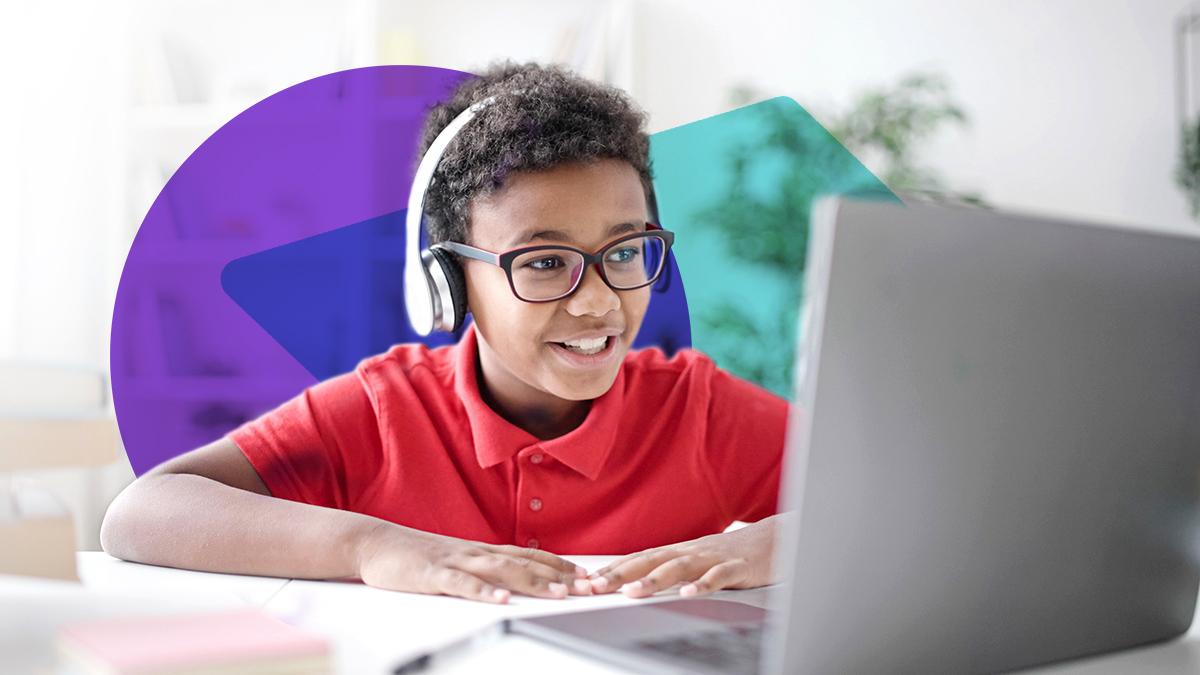Buyer’s guide: Choosing the voice solution for your learning tools
February 10, 2022

Here’s a prediction for you: voice will top the list of new features in preK-12 learning tools for back to school 2022 across school districts. Most popular and pervasive this year will be voice-powered literacy and language learning assessments and practice tools. Voice-enabled math and science tools are just around the corner.
Past the FOMO stage and about to dive into evaluating voice technology for your personalized learning tools? Read on! This quick buyer’s guide — based on our work to date with over 40 education companies — is just for you.
The top five characteristics of great kid-focused voice systems are as follows. All five are also non-negotiables in a preK-12 context.
1. Accuracy
Yes, the smart speakers like Alexa and Google that power your homes and phones are becoming more accurate. But in the specialized world of Voice+Kids+Education, words like “accuracy” take on a whole new significance.
For voice to be viable and pedagogically sound as an instructional tool, supporting teachers and their individual students across school districts, it must deliver accurate feedback at every stage of a child’s language development, cater to every style of behavior and speech pattern, and cover all learning use cases.
What to ask your voice provider:
- Has your voice technology been built specifically for children’s voices?
- Does your voice technology go “beyond the transcript” and offer accurate pronunciation assessments and reading fluency analysis, for example?
Read our Educate white paper to understand how inaccurate voice technology hurts children’s learning.
2. Universality
To add voice to your K-12 tools, you need a solution that works universally (i.e., across all potential users and devices). This solution also has to be able to handle the inevitable background noise of a classroom full of kids.
What to ask your voice provider:
- Does your system perform as effectively for five-year-olds as it does for ten-year-olds?
- Does your voice technology work in noisy environments where kids are talking naturally?
- Does your voice tech work on tablets, computers, cell phones, and across all operating systems?
3. Lack of bias
There is no correct way to speak, and any voice system that says differently is profoundly damaging for kids. Voice systems used in educational environments must understand each kid’s voice equally well, ensuring equity, objective scoring in assessments, and a level playing field for benchmarking.
What to ask your voice provider:
- Has your system been built for diversity (i.e., using voice data that represents ALL of the dialects, accents, ages, races, and ethnicities you’d find in a New York city classroom)?
- Have you tested your technology to ensure it does not perform “better” for certain demographics?
4. Privacy
When it comes to kids’ voice data, privacy is paramount. Your voice provider must build-in protections as part of their data collection, design, and engineering processes, and give YOU control over how your voice data is used — for education, not for marketing or advertising purposes.
What to ask your voice provider:
- Is your company a privacy-by-design company?
- Where can I read about your advocacy in relation to better data privacy for children?
- Is your voice solution regularly audited by an independent body for adherence to COPPA, GDPR, and other standards?
Read more about SoapBox’s privacy-by-design approach and advocacy.
5. Partnership
Though voice is becoming more ubiquitous, it still represents a whole new world to many educational technology companies. If you’re a voice novice, look for a technology partner that can not only fulfil your technology needs but join you on your voice journey to delivering a successful product to market.
What to ask your voice provider:
- Which product in my suite of learning tools is most suited to voice right now?
- How can you support me on UX, technical integration, and maximizing the value of the data generated by your voice system?
- Can you support me in the development of a bespoke solution?
We hope that’s a helpful starting point for your voice solution evaluation. Watch this space for a follow-up buyer’s guide that dives more specifically into the technical side of the voice solution provider considerations.
In the meantime, feel free to contact us with your questions or to learn more about the education use cases for our proprietary and specialist voice technology for kids.




